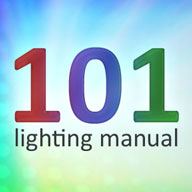- Thread starter
- #16
Was curious about chopping up the strings Marc, is the advantage that you can control different parts of a particular length?
Will the opposite work - I have 3 x 600 lights on one pillar, can I jam all three strings into one controller output. This will mean that I can't controller the three independently, but I will be able to save on channels.
Will the opposite work - I have 3 x 600 lights on one pillar, can I jam all three strings into one controller output. This will mean that I can't controller the three independently, but I will be able to save on channels.

